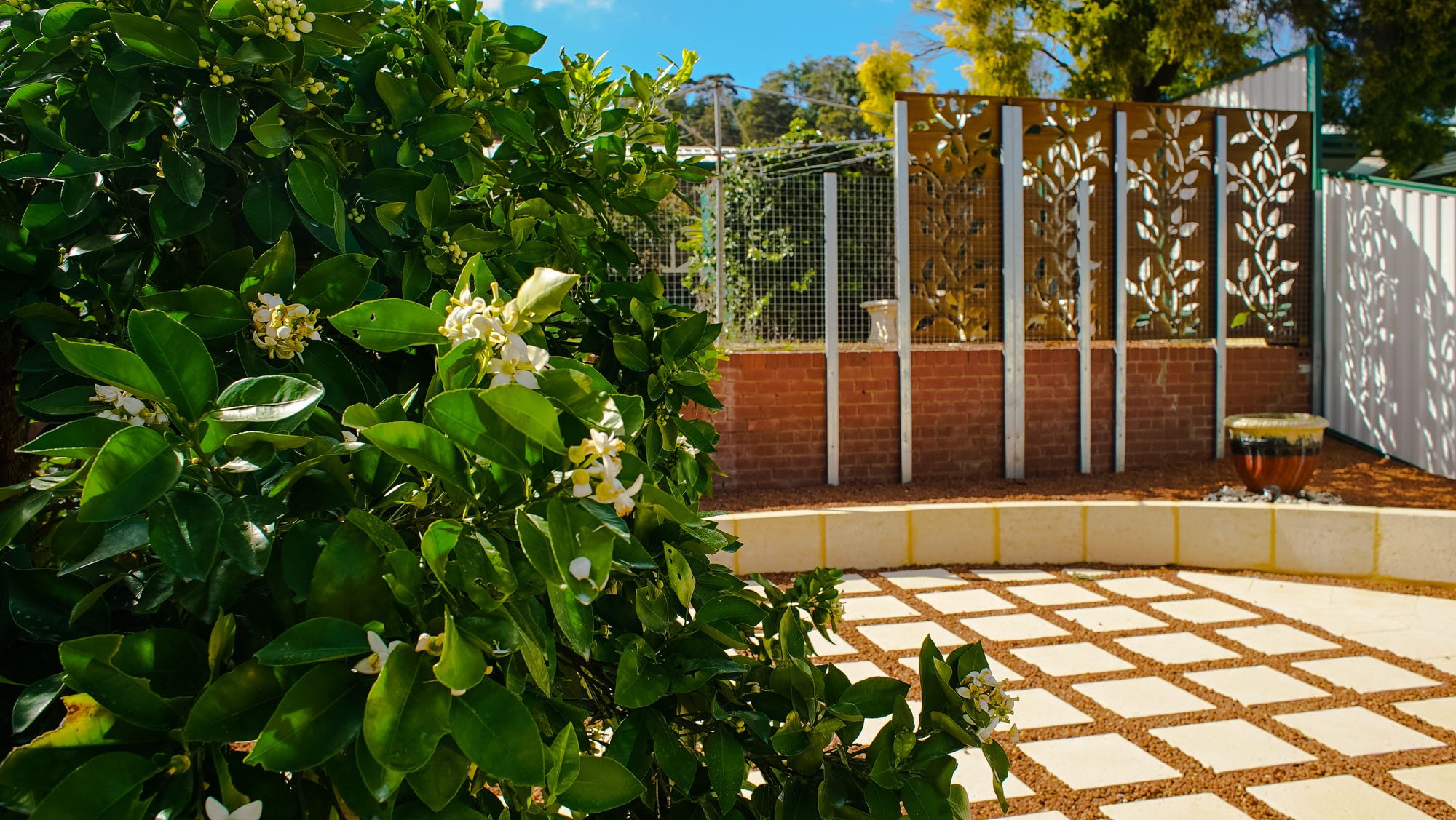Landscaping & Choosing a Tree
Trees have many benefits for homeowners. Properly chosen and planted, they enhance the look and value of your property and can cut your utility bills. Trees can also attract desirable song birds and other wildlife.
Picking a tree for your yard isn’t as simple as heading to the nearest nursery and picking the prettiest tree you see. There are several important considerations to keep in mind when choosing the right tree for your yard.
Size
Perhaps the most important thing to consider when picking a new tree is the size the tree will be at maturity. Take note of where you’d like to plant the tree and any surrounding structures that may limit the size of the tree that you choose. Do you have overhead power lines that need to be considered? Will a large tree with spreading branches hit your house or encroach on your neighbor’s property when it is fully grown?
Consider the root system as well. Larger trees have larger root systems. Depending on the type of tree, these roots may spread along just under the surface, as in many varieties of birch trees, affecting the health of your lawn and other plants. Alternatively, the root system can go deep as with white oaks and hickory trees and possibly compromise the foundation of your house if planted too closely or underground pipe and sewer systems.
Evaluate the space where you intend to plant a tree and determine the maximum dimensions available for a mature tree. Picking the right size of tree now will save you much time and money in the future by avoiding the need to remove an overgrown tree.
Determine the Purpose of the Tree
Do you want a tree for ornamental reasons? Perhaps your search for a new tree stems from the desire to provide shade for your house and lower your cooling bills in the summer. The type of tree you choose will be directly tied to your reason for wanting a tree.
For ornamental trees, look for ones with interesting shapes or flowering types. Popular ornamental trees include crab apples, magnolias, redbuds, and Japanese maples. Some crab apple trees drop their fruit and can become quite messy. If that is something you’d prefer not to deal with, look for a crab apple that has “persistent” fruit. That simply means that the fruit will remain on the tree for birds to eat and will not drop to the ground.
For shade trees, look for fast growing trees with dense foliage. Some good shade trees include poplars, maples, birches, and oaks. Certain species, such as the sugar maple, provide shade in the summer and impressively colored fall foliage as well. If you live in an area that sees summer and winter, deciduous trees will provide shade during the summer and drop their leaves during the fall allowing winter sun to warm your home.
Talk to a Professional
When you have determined the size and purpose of the tree you desire, take the time to visit a few nurseries and talk to the professionals there. Take a sample of your soil if possible and give them information about the area you’d like the tree to be planted. Choosing the right tree for your location and soil will allow your tree to flourish without a lot of work from you.
When you have chosen a tree, it is important to contact your local utilities and have them come out and mark your yard so that you can safely plant your tree (or have it planted) and avoid all underground utilities.
Need help choosing the right tree for your garden, get in touch with WA Luxury Landscaping your Landscaping Design professionals in Perth.



